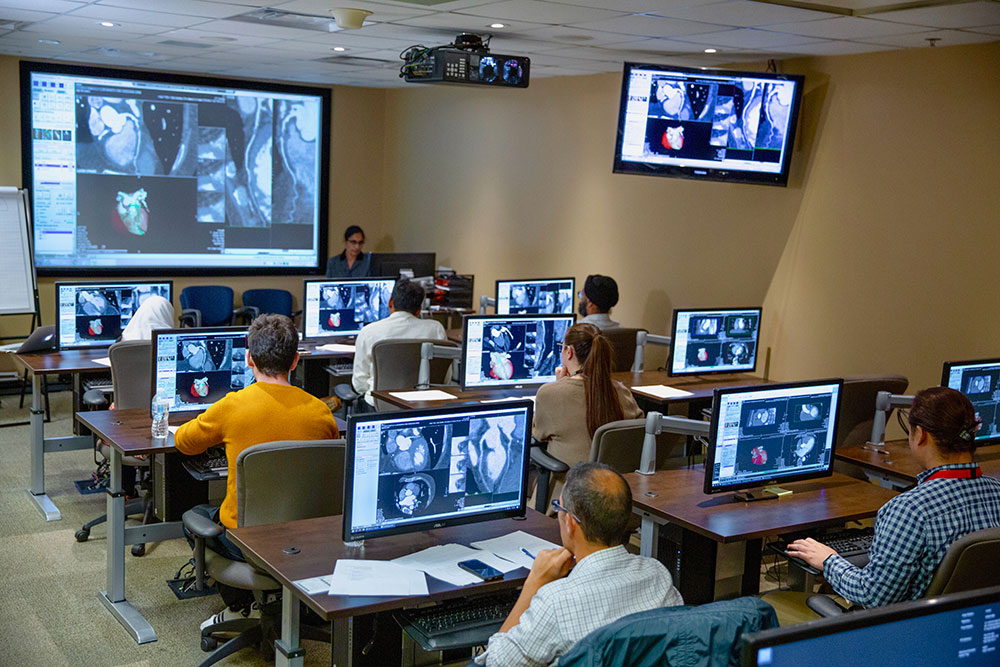Cheapest UK ETA for Malaysian Citizens
If you’re a Malaysian citizen planning to visit the UK for business, tourism, or a…
What Makes User Intent Key in Web Design for Greater Engagement
User Intent contributes greatly to the success of a site. A lot of entrepreneurs and…
Which Mining Equipment Solutions Drive Productivity The Fastest?
No miner wants downtime or idle time. Every minute that workers are not in the mines…
How Primary Homes Differ From Secondary Homes In Term Mortgage Loan Benefits
In the world of real estate, there are two primary categories of homes: owners occupied…
Where Can You Find A Free Trial Of QuickBooks Desktop Today
There’s nothing wrong with trying QuickBooks Desktop without subscribing just yet if that’s your curiosity.…
Boost Your Brain: Why Continuous Testing Makes Medical Knowledge Stick
Medical imaging education requires mastering complex technical skills alongside vast theoretical knowledge. When you study…
Smart Travel Dental Kit: Hygiene On The Go
Ever wondered how to keep your teeth healthy while traveling? Creating a proper travel dental…
Who’s Hiring In The Booming Global Mining Industry Right Now?
There has never been such a boom in the global mining industry. The world is thirsty…
Finding Your Ideal Medical Weight Loss Solution: Key Features That Matter
When you're ready to make a serious change in your health, finding the right medical…
Master the Trails: When to Hike vs Run Based on Your Heart Rate
Trail running offers a perfect blend of adventure, fitness, and connection with nature. Unlike road…























